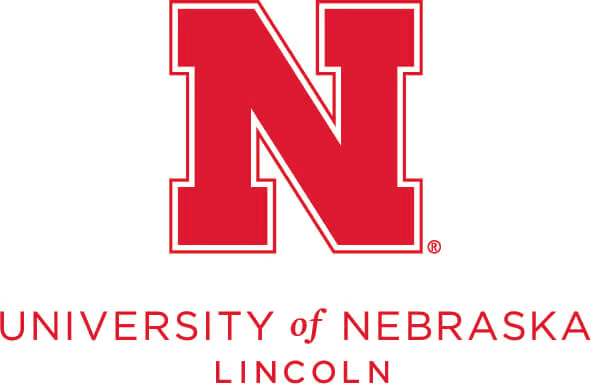Researchers at the University of Nebraska-Lincoln (UNL) are at the forefront of utilizing radio-frequency identification (RFID) technology to revolutionize swine health monitoring. Through tracking the feeding behaviors of individual pigs, this technology serves as an early warning system for detecting diseases, enabling producers to intervene more effectively and reduce potential losses. Dr. Raj Sharma, a Postdoctoral Research Fellow at UNL, presented this groundbreaking research at the Saskatchewan Pork Industry Symposium 2024, showcasing the deployment of autonomous systems that capture data round-the-clock to monitor pigs’ feeding and drinking habits, offering real-time insights to swine producers.
RFID technology works by monitoring pigs’ visits to feeders and drinkers, tracking metrics such as time spent eating or drinking and the frequency of visits. Any deviations in these patterns, whether in individual pigs or across peer groups, can indicate potential health issues. Dr. Sharma explained, “We are monitoring pigs going to the feeders and drinkers and by calculating how much time they spend there and how many visits they make. We can sometimes get a pretty good idea if there are any underlying conditions because you see obvious changes from their pattern or from the pattern of their peers.” The system currently issues alerts to producers when irregularities in feeding data suggest a pig may be unwell, although identifying specific animals in large groups remains a challenge that researchers are actively addressing.
Incorporating computer vision technologies into the project further enhances disease monitoring by using AI-driven systems to track animal movements and detect behavioral changes with extreme accuracy. Dr. Sharma highlighted the work being done at UNL on New Track, a proven system for tracking pigs, and emphasized the highly accurate results provided by computer vision technologies.
Despite the advanced capabilities of RFID and computer vision systems, they are not intended to replace human caretakers but rather to complement their efforts by providing tools that make their work easier and more efficient. Dr. Sharma emphasized, “The shortage of labor in the pork sector is a big concern, so our goal is to make these systems interactive and engaging. This allows caretakers to focus on the more important tasks instead of full visual inspections.”
These advancements in autonomous monitoring represent a significant step forward in swine health management, showcasing the immense potential of technology to address labor shortages, enhance animal welfare, and increase productivity in the pork industry. By enabling early disease detection, RFID and computer vision systems are poised to become invaluable tools in swine health management.
In conclusion, the University of Nebraska-Lincoln’s pioneering research in leveraging RFID and computer vision technologies for swine health monitoring is paving the way for a more efficient and effective approach to disease detection and animal welfare in the pork industry. By combining cutting-edge technology with the expertise of caretakers, these systems offer a promising solution to the challenges facing the industry and demonstrate the transformative power of innovation in agriculture.




